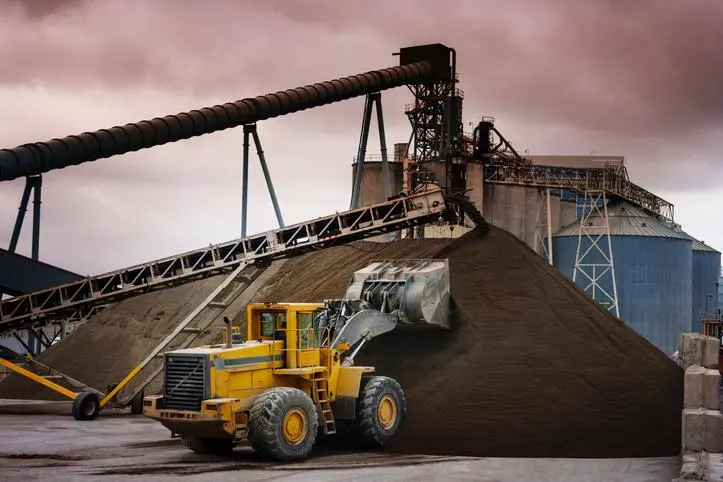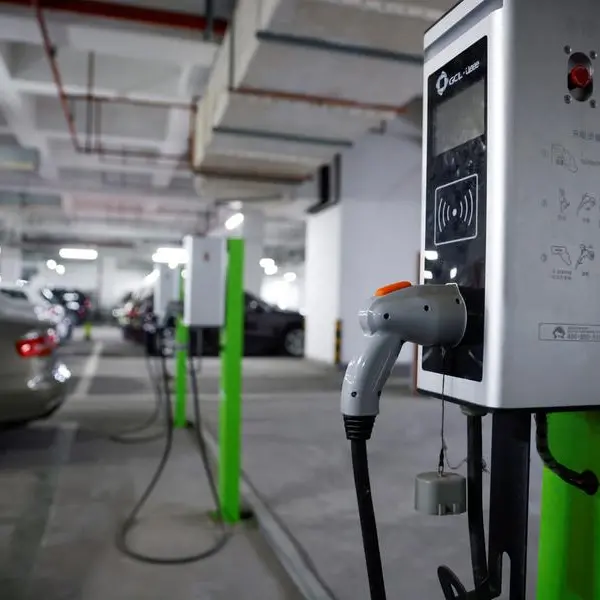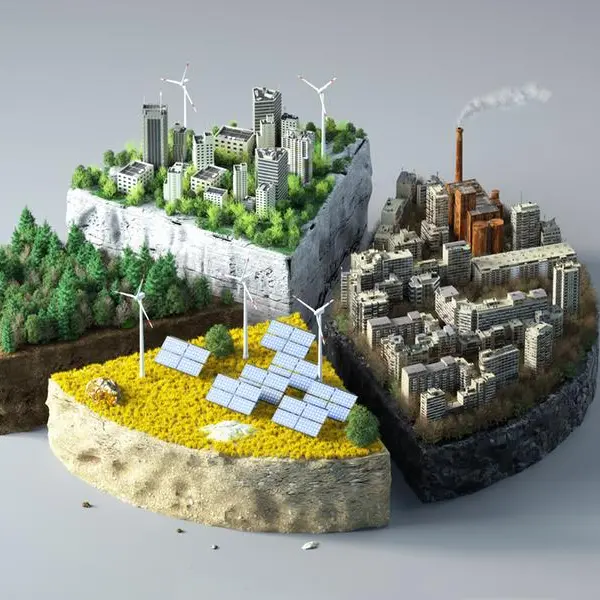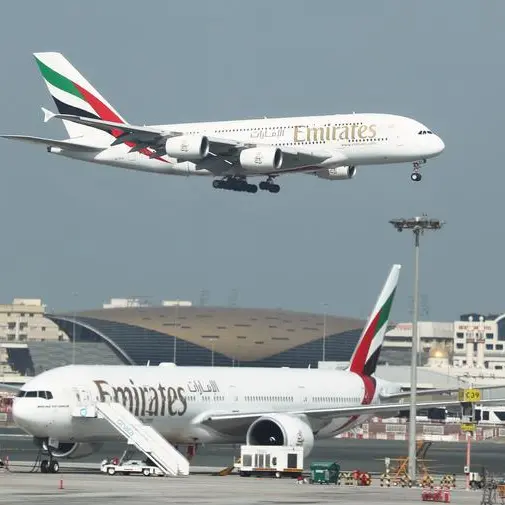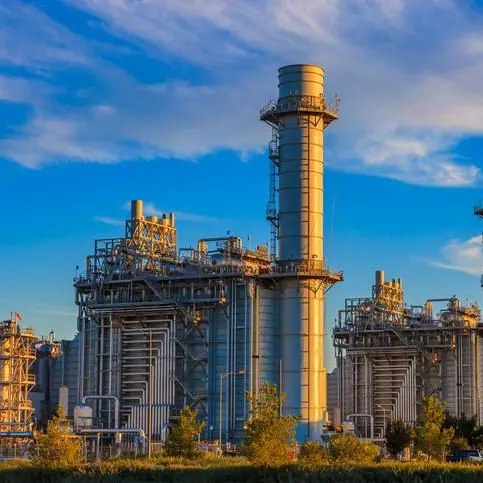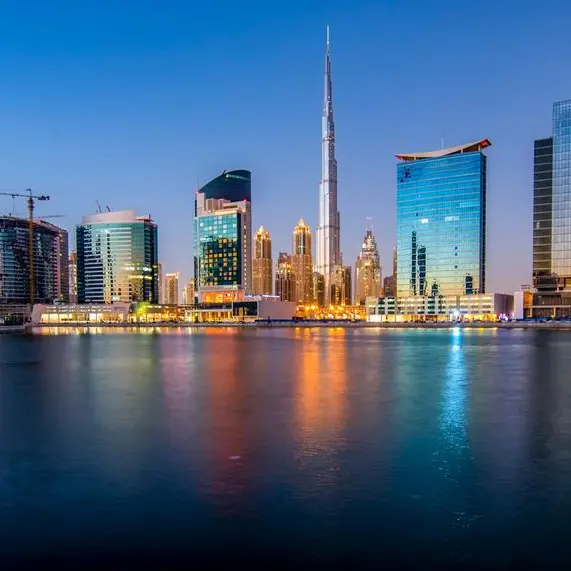PHOTO
The GCC cement sector faces challenging times amid the COVID-19 pandemic and the decline in oil prices, analysts told Zawya.
“The repercussion of the coronavirus along with the plunge in oil prices, decline in GDP, travel, tourism and drop in real estate prices all of it affects real estate demand. This, along with possible expat exodus, could present challenges for the cement sector,” analysts at Al Rajhi Capital told Zawya.
Al Rajhi Capital’s analysts said that GDP is a crucial factor in assessing future construction spending and cement demand. They also noted that a possible decline in private sector incomes, any increase in unemployment and cut in mortgage subsidies could lower demand for cement.
GCC countries are expected to post an aggregate negative growth of 3.9 percent in 2020, according to the IMF’s latest World Economic Outlook report.
Sameer Kattiparambil, an analyst at EFG Hermes, said the COVID-19 pandemic and the plunge in oil prices had forced governments to cut down budget spending across the GCC.
Brent oil prices have been trading last week near the $39 a barrel level down from the $50 a barrel level recorded at the end of February.
“GCC is highly reliant on crude oil; hence the drop in oil prices had impacted the governments’ investment plan, which will be impacting cement demand across the region,” Kattiparambil said.
Country view
For Saudi Arabia, analysts at EFG Hermes and Al Rajhi Capital said that lockdowns and COVID-19 related shutdowns resulted in a drop in cement sale, consumption for April.
“Short-term would be challenging due to lockdown and summer months ahead of us, and we think it will take few more months for things to normalise,” EFG Hermes’ Kattiparambil said.
Analysts at Al Rajhi Capital said that “overall weakened real estate demand and construction sector is likely to affect the cement industry.” They added that an “uptrend could be visible from 2021.”
In the UAE, weakness in domestic demand and closure of export trade following the COVID-19 pandemic has impacted the sector, according to Kattiparambil.
The UAE’s construction sector has not been spared from the disruptions caused by the fast-spreading virus. (Read more here)
Kattiparambil said that EFG Hermes is cautious on the UAE cement sector due to a weak outlook for the construction sector and export markets.
For Oman, Kattiparambil believes that cement demand is expected to fall over the short-term mirroring decline in construction activities.
“However, the government has put in place some restrictions on a free flow of cement, which would be positive for local players, but beyond 2020, in our view,” he said.
Look ahead
Despite the sector going through challenging times, regional players should look forward to future opportunities.
“Cement players who are financially and operationally efficient and based in high-demand regions would have a strong upper hand to grab the future opportunities,” EFG Hermes’ Kattiparambil said.
The region’s young demographics, large household size and higher per capita income suggest a decent potential for the construction sector, he added.
(Reporting by Gerard Aoun; Editing by Seban Scaria)
#COVID19 #CEMENT #EXPAT #OIL #ECONOMY #CONSTRUCTION
Disclaimer: This article is provided for informational purposes only. The content does not provide tax, legal or investment advice or opinion regarding the suitability, value or profitability of any particular security, portfolio or investment strategy. Read our full disclaimer policy here
© ZAWYA 2020
